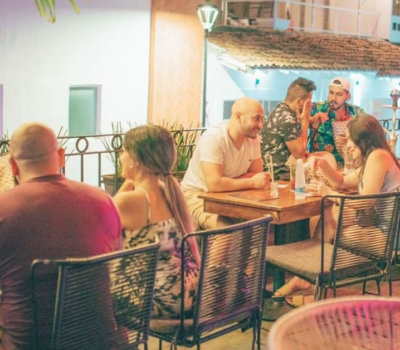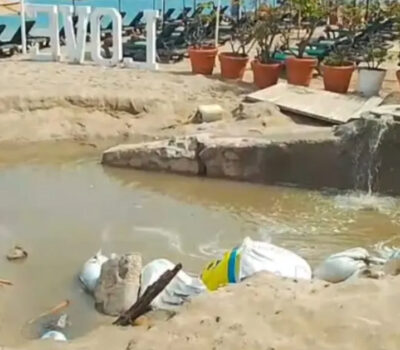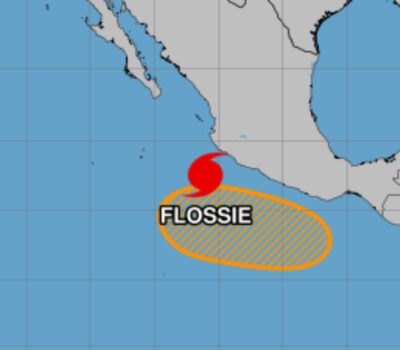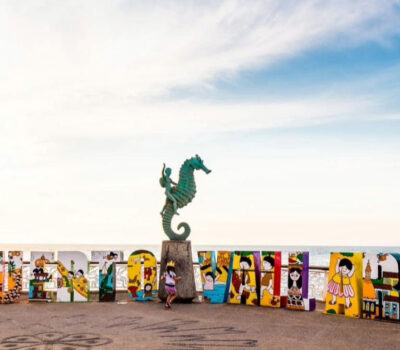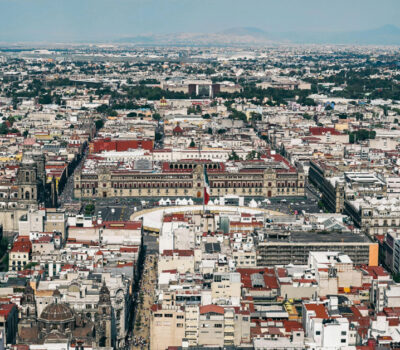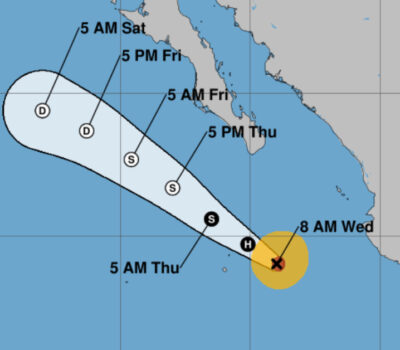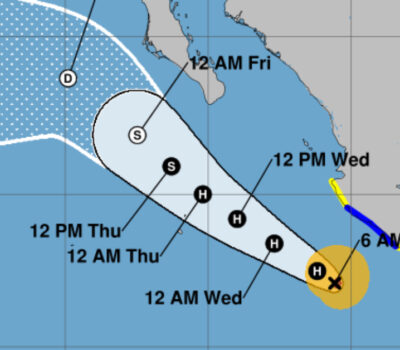Mexico has had summertime, or Daylight Savings Time (DST) since 1996 when a modification to the Time System Law motivated by alleged energy savings and better use of natural light made its adoption official in most of the country. Since then, the clock is moved forward one hour every first Sunday in April, a provision that continues for almost seven months, until the time returns to normal in the early hours of the last Sunday in October.
In early July, President of Mexico, Andrés Manuel López Obrador sent a bill to Congress to end daylight saving time. Under the premises that the supposed energy saving that it brings with it is non-existent for families and the incipient scientific evidence, which suggests that the time change affects cardiovascular problems, memory problems, sleep disorders, and other damages to health, the proposal was approved in the Chamber of Deputies at the end of September. The opinion will be discussed in the Senate and if it is approved, Mexico will definitively say goodbye to summertime this fall. There is little doubt that the bill will not pass the full senate before the next DST period in 2023.
When does daylight saving time end?
After seven months as legal time, the 2022 daylight saving time will end at dawn on Sunday, October 30. Officially, the change occurs at 02:00 in the morning, when the clock goes back one hour. If the current initiative is passed in the Senate, this will be the last time change in Mexico, which will adopt a standard time based on winter time. If approved, the new schedule would cause, as occurs from October to April, dawn and dusk earlier throughout the year.
There will be exceptions for certain areas of Mexico
The Law of Time Zones initiative that aims to eliminate summer time contemplates a standard time, which will be established in accordance with the four time zones that currently govern the country (Central, Pacific, Northwest, and Southeast). Although current legislation exempts Sonora and Quintana Roo from participating in summer time for economic and tourist reasons, respectively, the new proposal includes two exceptions: Baja California and the 33 municipalities that make up the northern border, which will maintain a time change tied with that of the United States, which occurs every March and November. Border areas will maintain the twice-yearly time changes to keep times consistent between Mexico’s border area and the United States for commerce purposes.
Mexico has had summertime, or Daylight Savings Time (DST) since 1996 when a modification to the Time System Law motivated by alleged energy savings . . .


